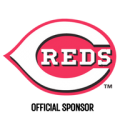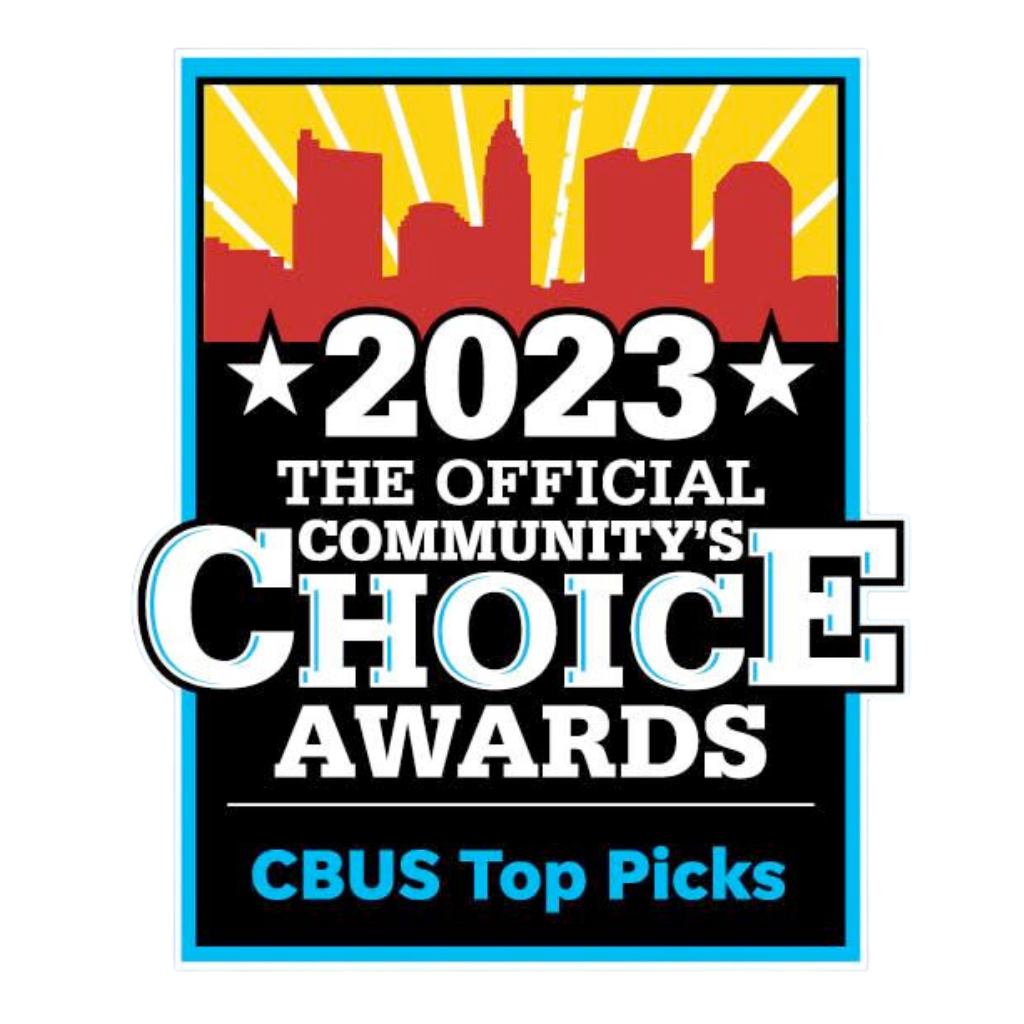Purchasing a new furnace for your home can seem complicated, but the process is greatly simplified with guidance from qualified HVAC professionals. This article will cover the key steps for buying a furnace, outline the benefits of seeking assistance with buying a furnace, provide cost considerations, and offer tips for choosing the right company to ensure your new system best meets your needs.
The Basics of Buying a Furnace
When preparing to buy a new furnace, you first need to understand a few basics like:
Determining Appropriate Furnace Size
The size of a furnace, measured in BTUs (British Thermal Units), must match the heating needs of your home. An undersized furnace won’t keep you warm, while an oversized system cycles on and off more frequently, lowering efficiency. HVAC technicians calculate the home’s heat loss by factoring in insulation, window efficiency, climate conditions, number of stories, layout, and more. This load calculation determines the optimal BTU output range so homeowners stay comfortable without any wasted capacity, leading to higher operating costs. Expect furnaces ranging from 40,000 BTUs supporting an average 1,500 square foot single-story home to 120,000+ BTUs for larger estates.
Learning About Efficiency Ratings
The AFUE (Annual Fuel Utilization Efficiency) metric measures what percentage of your furnace’s fuel gets converted into usable heat rather than being lost out of the ducts or venting. The bare legal minimum AFUE is 78%, but spending a little more upfront on 90-98% AFUE-rated systems translates into thousands in lifetime savings. Variable speed and multi-stage compressors often reach higher efficiencies than single-stage models. Consider both purchase price and projected energy savings when selecting AFUE ratings.
Choosing Fuel Types
Natural gas offers a fairly affordable, clean, and plentiful home heating fuel source for many regions. Propane works similarly, though it requires scheduled tank refills and proves slightly more expensive. Homes lacking gas line access often rely on electric furnaces paired with a central air system providing both heating and cooling. Oil-powered systems are fading in popularity but remain an option in some rural locations. Each fuel type varies in upfront furnace price, operating costs, and regional availability.
Understanding Key Features
Entry level single-stage furnaces simply run at full power to reach set temperatures. Upgraded models with multi-stage heating better match output levels to current conditions, while variable speed motors enhance air flow for improved comfort. High-end furnaces incorporate modulating gas valves and multiple fan speeds, allowing ultra-precise temperature control. WiFi connectivity enables remote adjustments, advanced analytics, and connectivity with smart home ecosystems for the ultimate convenience.
With the right HVAC professional assistance, navigating these furnace buying basics becomes much simpler for homeowners to make the most informed system decision. Grasping this core knowledge prepares you to communicate your household’s unique requirements while leveraging the expertise of seasoned furnace installation specialists.
Reasons to Seek Professional Assistance When Buying a Furnace
Accurate Sizing Recommendations
The size of a furnace depends on a home’s insulation, windows, climate, layout, and more. An experienced professional will do a manual J load calculation to determine the perfectly sized furnace capacity for ideal temperature, humidity, efficiency, and long-term home comfort. They have the expertise and technology tools needed to get this right.
Help Selecting Reliable Models and Features
With so many furnace brands and complex feature choices on the market, a homeowner can easily become overwhelmed weeding through all the options. HVAC companies have extensive exposure to various furnace and heat pump models, capacities, and features. They know the pros and cons of major brands for both furnace and heat pump systems. With your needs and budget in mind, technicians steer you towards systems expected to deliver years of reliable performance, including extra features like improved air filtration if helpful for your situation.
Cost Saving Expertise in Maintenance
Technicians play a pivotal role in equipping homeowners with critical maintenance advice tailored for the exact furnace make and model they select. Proper periodic maintenance significantly extends furnace lifespan and boosts energy efficiency over time for better long-run savings. Preventative steps like inspecting and changing filters, lubricating parts or checking duct connections requires model specific expertise a good professional provides.
Installation Oversight
Safe, proper furnace installation further guarantees your system operates as expected for many years while avoiding risky problems like gas leaks, electrical issues or ventilation errors. Licensed technicians closely oversee complex steps like connecting gas lines and make sure adjustments match manufacturing specifications so warranties remain valid. Most importanly, certification checks minimize safety hazards that could impact your family’s health.
Warranty Support
Registered furnace installation and service by qualified professionals preserves factory and extended parts warranties. This provides homeowners with further peace of mind benefits and cost protections should any defective parts be discovered over initial years of ownership. Technicians also simplify any needed repair or replacement processes covered under warranty.
Cost Considerations and Financing Options for Furnace Buying with Professional Assistance
New furnace installations typically range from $2,000 to $12,000 depending on the size, efficiency rating, brand and features included. Higher-end models with variable speed functionality, modulating gas valves, multi-stage compressors and WiFi enabled communication capacities understandably fall on the upper end of the price spectrum.
Through reputable and established HVAC companies, financing promotions often make new systems highly affordable. Many offer specials like 0% APR for multiple years or deferred interest programs that allow homeowners to pay over time, often interest-free. Assistance programs, rebates, and tax credits also help reduce furnace system expenditures.
During a consultation, technicians consider factors like your existing equipment’s condition, seasonal usage patterns, location, and more to propose options matching both price range and performance needs. Their guidance simplifies prioritizing whether to buy based on reliability, energy savings potential, or advanced comfort-enhancing capabilities all within your household budget constraints.
The Role of Professionals in Ongoing Furnace Maintenance
Beyond the initial furnace purchase and installation, working with an HVAC professional for preventative maintenance maximizes safety and optimizes your system’s operational lifespan. Technicians are the experts when it comes to:
- Identifying when and which parts require cleaning, adjustment, or replacement
- Detecting subtle changes in airflow, temperature differentials, electrical signals, or sounds that could precede problems
- Monitoring wear or detecting imminent part failure through performance trend data analysis over the years
- Providing record keeping for service history, which may impact warranty coverage
- Checking critical safety components like gas valves, CO monitors or exhaust venting
Homeowners certainly can handle basic air filter changes. Yet for everything beyond that, partnering with qualified furnace service technicians reduces sizable repair bills and keeps your family comfortable through brutally cold winters.
Making the Best Furnace Buying Decision with the Right Professional
While many HVAC companies offer furnace installations, only work with reputable technicians truly invested in tailoring solutions best suiting your household needs and priorities over the long haul. Warning signs of lower-quality assistance include:
- Aggressive sales tactics pressure quick decisions
- Vague quotes lacking model specifics
- Failure to provide critical load calculations
- Lack of provided references or complaints alleging shoddy work
For residents across Ohio’s Dayton, Cincinnati, and Columbus regions, finding a reliable furnace retailer is easier than you think. Logan Services A/C, Heat & Plumbing stands as the pinnacle of trust, quality and caring when it comes to heating and air conditioning units.
Choosing Logan Services A/C, Heat & Plumbing
In business since 1969, Logan has offered furnace system selection expertise for only 50+ years, focused strictly on heating equipment. Their extensive furnace brand partnerships, early adoption of smart technology applications, and highly trained technicians translate into educated recommendations and perfectly executed installations homeowners can fully rely upon.
Get Started with a new furnace today.
Custom-tailored load calculations, transparency throughout repair or replacement processes, commitment to tidy worksite habits, and timely project completion represent standard Logan service. Ongoing maintenance plan availability provides homeowners with further access to the intimate furnace knowledge only Logan professionals possess – ensuring optimal performance for years beyond the sale.
To learn more about purchasing Trane furnaces, click here.
Frequently Asked Questions
What size furnace do I need?
Furnace size depends on factors like your climate region, home construction materials, number of levels, layout, and more. A professional technician performs load calculations, providing the precise furnace capacity your household requires.
How much does a new furnace cost?
Furnace installation costs range from $2,000 to $12,000 including labor. Factors impacting price include efficiency rating, brand, size, single vs multi-stage configurations, and special features like smart thermostats. Energy rebates, tax incentives, and favorable financing promotions from reputable HVAC companies help reduce upfront investment.
When should I replace my old furnace?
On average, furnaces last 15-20 years. Signs suggesting replacement include frequent repairs, substantial increases in energy bills, inadequate heating, loud noises, carbon monoxide leaks, or combustion issues. Have a technician inspect your furnace first before assuming complete replacement necessity. Some repairs may efficiently extend the unit lifespan a bit longer.




















